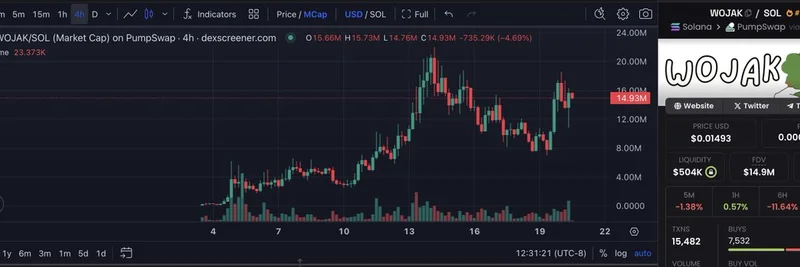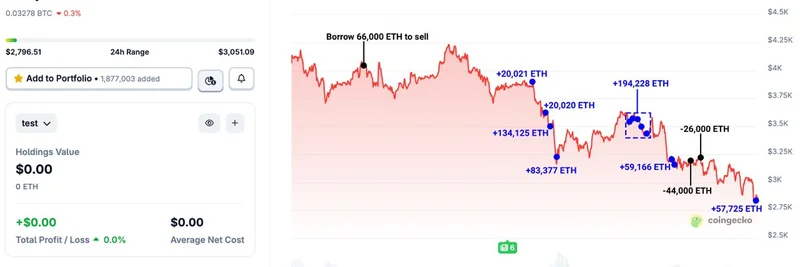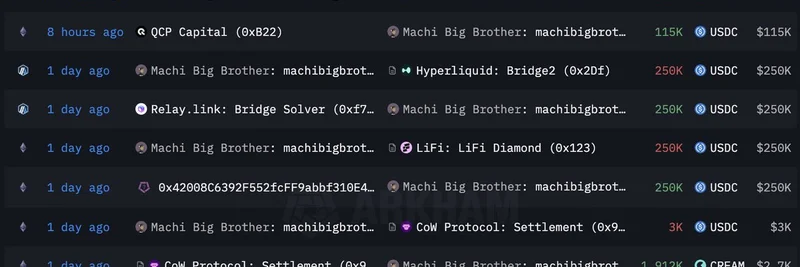In the fast-paced world of meme tokens and creator coins, stability and volatility often define success. A recent tweet from Alex Masmej, a trailblazer who launched the first creator coin $ALEX, sheds light on why coins on Base, like Jesse Pollak's $Jesse, remain remarkably steady compared to their Solana counterparts, such as $WOJAK.
The Spark: Jesse Pollak's Creator Coin Launch
It all started with a buzzworthy announcement quoted in Masmej's thread: Jesse Pollak, the mind behind Base, launched his own creator coin. For those new to the term, creator coins are personalized tokens tied to influencers or builders in the crypto space, allowing fans to invest in their "brand" or future endeavors. Pollak's move, shared by @zora, highlights the growing trend of blending social influence with blockchain economics.
The launch stats were impressive, showing rapid growth in market cap and volume, as captured in this chart from the announcement:
Stability on Base vs. Volatility on Solana
Masmej poses a key question: Why do Base coins like $Jesse hold steady at similar market caps, while Solana memes like $WOJAK swing wildly but often climb higher? The answer boils down to liquidity designs—the mechanisms that determine how easily assets can be bought and sold without massive price shifts.
On Base, protocols like @dopplerprotocol redirect trading fees back to liquidity providers (LPs). LPs are essentially the folks who supply funds to trading pools, enabling smooth exchanges. This incentive encourages deeper pools, meaning more capital is locked in, which cushions against big price swings. Think of it as a well-stocked reservoir that doesn't dry up easily during a drought.
In contrast, Solana platforms like Pump (often linked to Pump.fun) focus on boosting trading volume through direct fees to creators and the platform itself. This drives hype and rapid pumps but leads to shallower liquidity, making prices more prone to dramatic ups and downs.
To illustrate, Masmej points out that $Jesse boasts about 10x the liquidity depth of $WOJAK—$2 million in ZORA (Base's native token) versus just 250K SOL. Here's a look at $WOJAK's chart, showing its volatile journey:
And for comparison, $Jesse's more stable performance on Uniswap:
What This Means for Meme Token Enthusiasts
For blockchain practitioners diving into meme tokens, understanding these differences is crucial. Base's approach might appeal to those seeking long-term holds with less heart-stopping volatility, while Solana's model suits degens chasing quick gains. Masmej notes that Solana overall has more liquidity, but it's spread thinner across countless assets, amplifying the meme frenzy.
Community reactions in the thread echo this, with replies praising deep LPs and debating long-term stability. As the creator coin space evolves, keep an eye on how these designs influence the next wave of tokens.
If you're exploring meme tokens, check out resources on Base and Solana to see where your strategy fits. Stay tuned to Meme Insider for more breakdowns on the latest in crypto culture.




